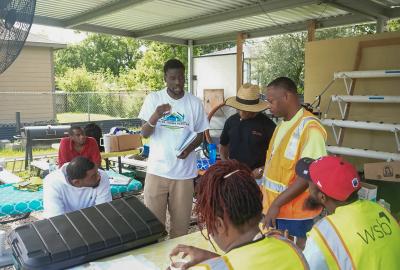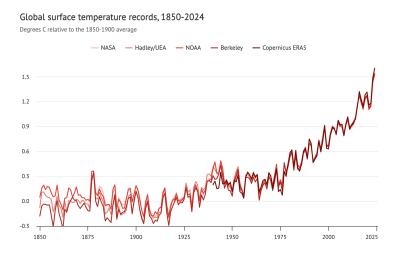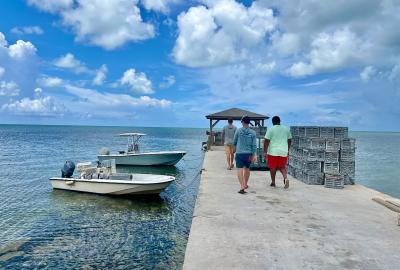Can we still fight climate pollution under Trump?
The president promises to unleash fossil fuel expansion, but environmental advocates say not all hope is lost.
Update Jan. 21, 2025: This piece was updated to reflect the actions and rhetoric from first days of the Trump administration.
There’s no question that a second Trump administration poses a grave threat to the environment — to clean air and water, to human health and to communities facing the devastating impacts of extreme weather driven by climate pollution.
Already, the president has taken steps that threaten progress toward a safer future, including withdrawing from the international Paris climate agreement, ramping up the use of dirty, polluting energy, and promising to repeal multiple Biden-era environmental and health protections.
But environmental advocates say it takes time and a strong scientific and legal grounding to undo established protections, and they are prepared to meet the storm.
“We’re going to fight for a better future with everything we’ve got,” says Amanda Leland, executive director of the global nonprofit Environmental Defense Fund. “People want less pollution, good jobs and healthy kids, no matter who is in office.”
Here are five reasons advocates say that, with hard work, a stronger, brighter future is still possible.
1. Investments in affordable and reliable clean energy are already creating jobs
Investments made during the Biden administration have injected billions into the clean energy economy. These investments have landed in every state, with nearly 80% going to Republican congressional districts, giving lawmakers on both sides of the aisle an incentive to defend them.
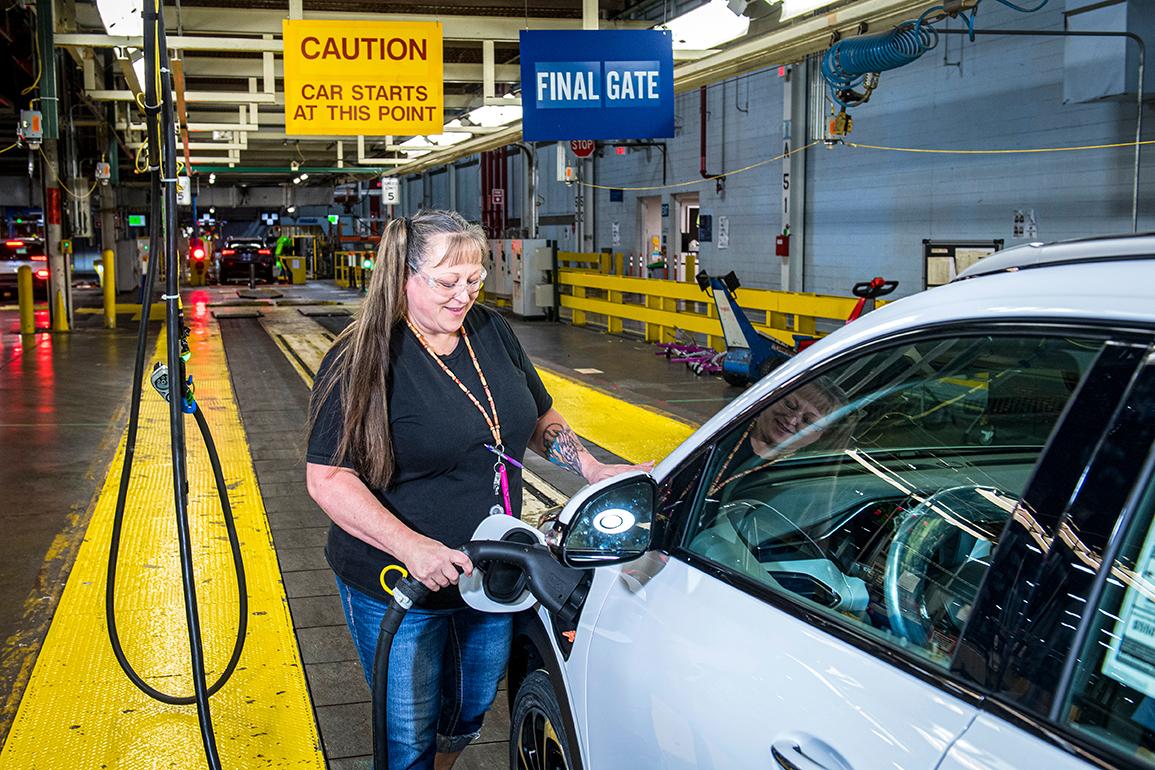
In total, these federal investments are credited with creating more than 330,000 new jobs — with potentially millions more to come. For example, General Motors put $500 million into a Michigan plant to make electric vehicles. In Georgia, Qcells North America is building a $2 billion plant to manufacture solar panels, and three districts in Texas have landed nearly $30 billion in announced clean energy investments.
The families benefiting from these job-creating investments will be looking to their representatives to defend them. Plus, lawmakers who don’t protect these investments will be handing an opportunity to other nations to dominate the market.
"Politically, it will be hard to reverse these investments as people are experiencing the benefits," says EDF’s U.S. regional head Joe Bonfiglio.
Watch for: Business leaders, who want regulatory stability, speaking out in support of clean energy investments.
2. Science-backed health safeguards are built to last
During his first term, Trump’s EPA attempted to roll back around 125 climate and clean air protections. Approximately 80% of the attempts were defeated in court.
Under the Biden administration, the Environmental Protection Agency created a slew of new climate and health-protecting safeguards that were also anchored in science and law and built to withstand future attacks.
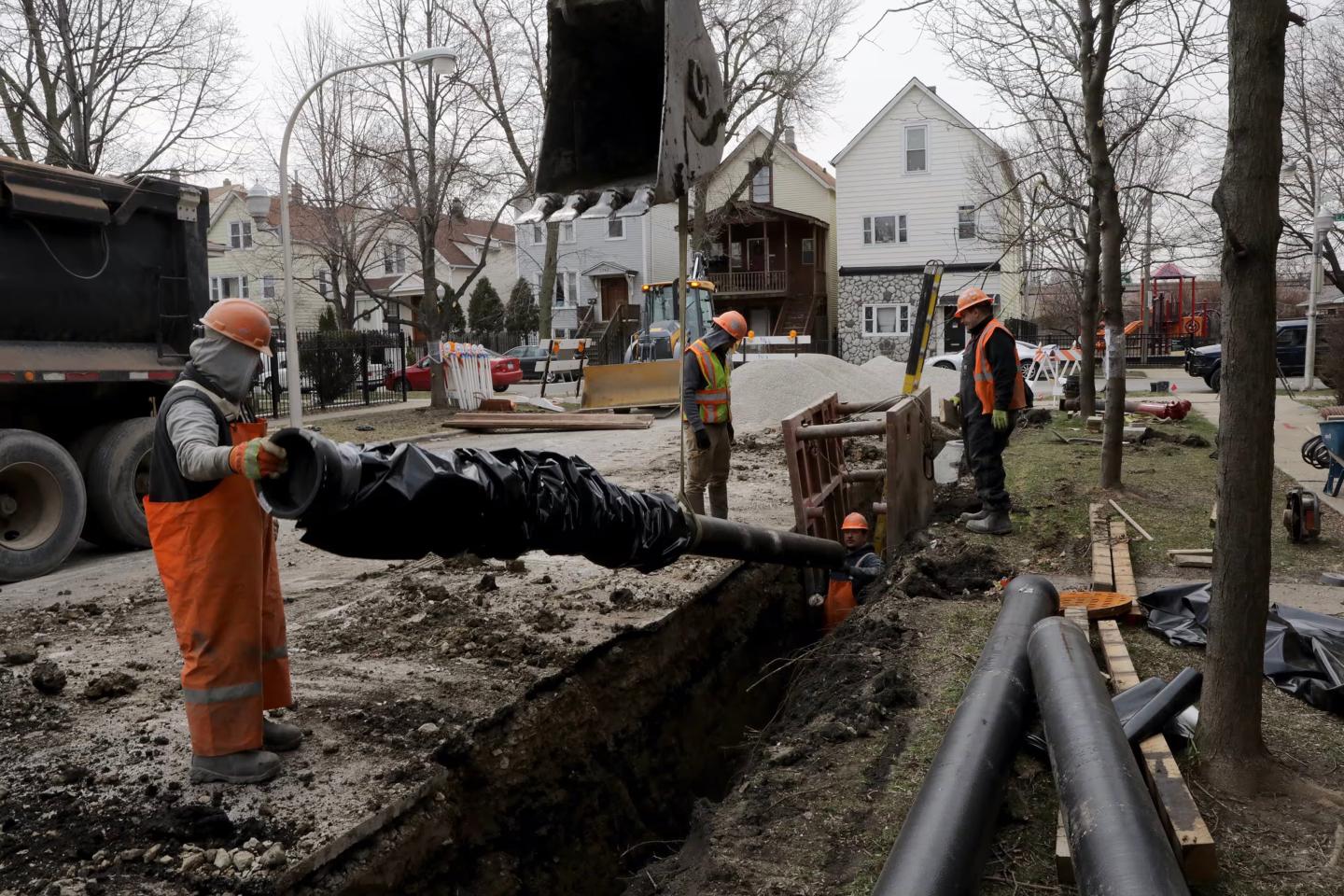
Already, rules limiting pollution from power plants and oil and gas operations have held up against legal challenges, including at the Supreme Court level, thanks to tenacious defense by EDF and others.
The Trump administration will need to produce new scientific, technical and legal analysis and rigorously explain any decision to overturn or disrupt these protections, which include limits on tailpipe pollution, action on lead water pipes and more.
“The challenges are going to come but we know how to defend them, because the law and science are clear, and we’ve protected crucial safeguards for people and communities before,” says EDF General Counsel Vickie Patton.
Watch for: Powerful alliances of community groups, public health groups, state Attorneys General and environmental nonprofits working together to fend off attacks.
3. Many states will forge ahead
With federal climate initiatives under threat, it’s up to states to hold the line, and there’s good reason to believe they will.

Twenty-five states, including Louisiana, Nevada and Montana, now have targets to reduce climate pollution or plans to achieve 100% renewable or carbon-free electricity. After the election, nearly 350 mayors joined state, tribal and other leaders in reaffirming their commitment to confront the climate crisis.
This November, voters signaled their wish for state climate action to continue. In Washington, they overwhelmingly rejected a ballot proposal to repeal the state’s groundbreaking climate law, which has generated more than $2 billion from polluting industries to fund measures such as public transit, electric school buses and more.
California voters approved a $10 billion investment in climate and environmental protection, including measures to protect communities from floods, droughts and wildfires.
Watch for: Progress on common ground issues like accelerating approval for new infrastructure projects such as transmission lines needed for clean energy.
4. Climate action continues around the world
No matter what the Trump administration plans, progress in other countries continues. In 2023, global spending on clean energy technologies like wind and solar power and electric vehicles reached $1.8 trillion — more than 60% of total world energy spending.
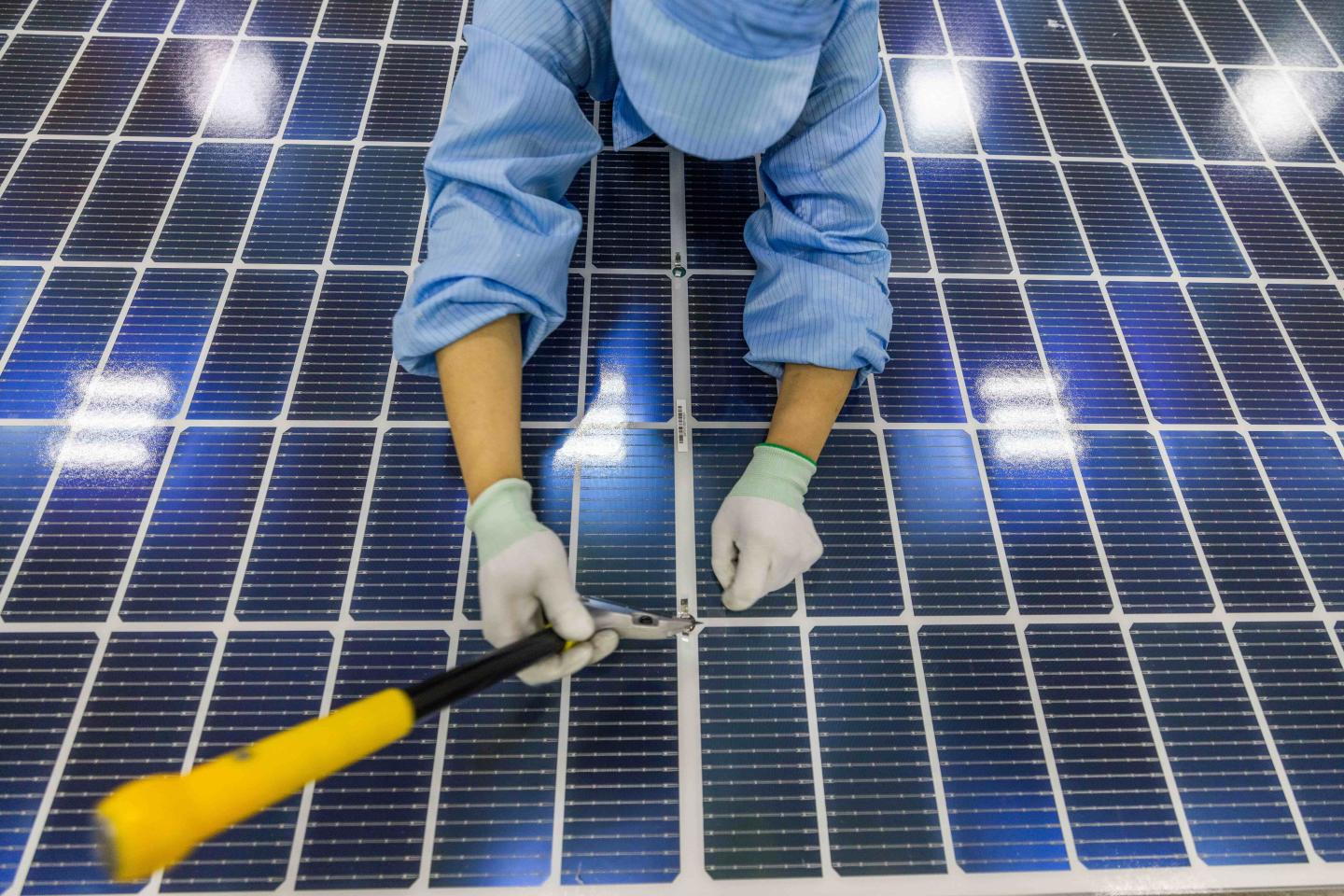
China, already the world’s leader in solar manufacturing and installation, will invest as much as $282 billion in clean energy between 2026 and 2030 alone. Over that time period, the European Union will make $132 billion available to member states to do the same.
And this November at the U.N. climate conference, a coalition of countries, including the U.K., Canada, Mexico, Norway and the EU, pledged to further cut their climate pollution, to meet the most ambitious targets agreed to in the Paris Climate Agreement. They urged the U.S. to join them.
“The clean energy transition is unstoppable,” says Leland. “The U.S. can lead or be left behind.”
Meanwhile, global progress on cutting climate-warming methane pollution continues. Oil and gas companies are gearing up to meet new U.S. and EU standards while facing a new era of accountability, thanks to pollution-hunting satellites like EDF’s MethaneSAT.
Watch for: Data from MethaneSAT will be publicly available in early 2025, supercharging a global effort to track and reduce methane pollution.
5. People have the power
“Never underestimate the power of a small group of committed people to change the world,” wrote the anthropologist Margaret Mead.
Here’s what you can do today.
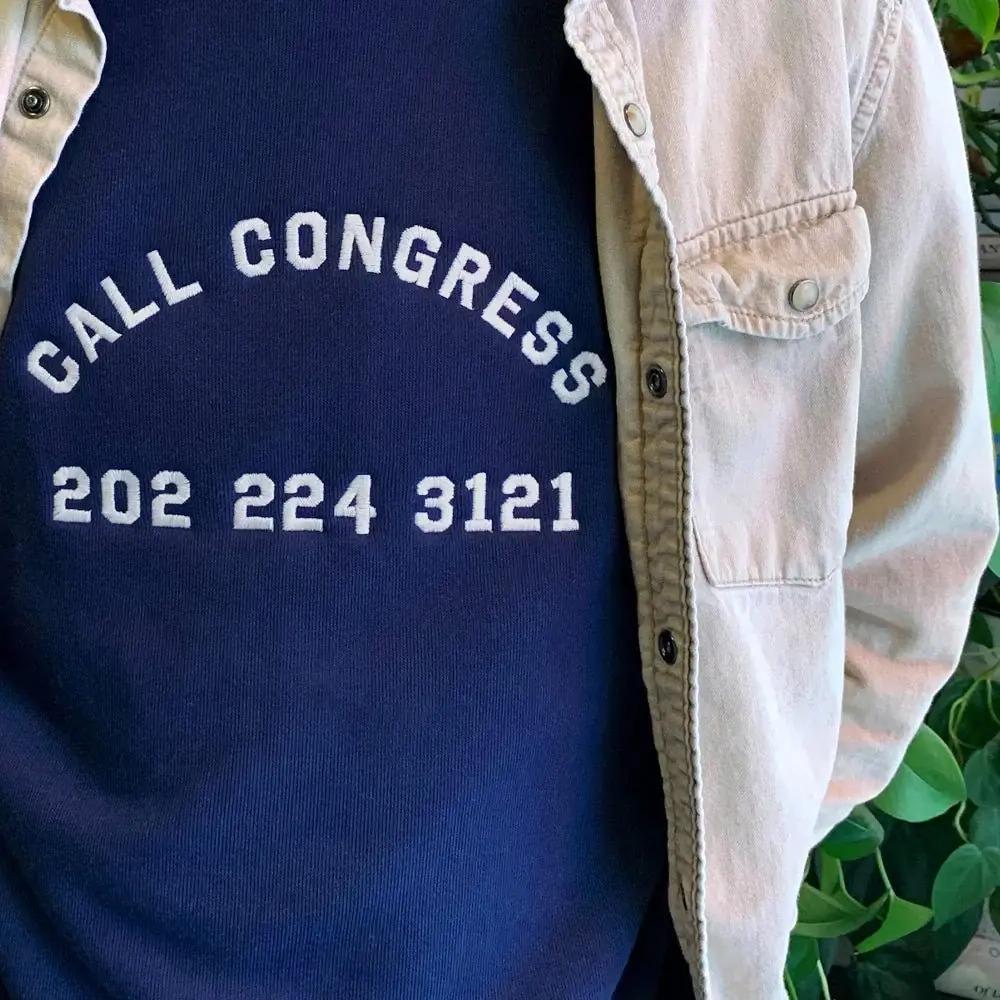
Call your member of Congress and advocate for the preservation of clean energy investments and the jobs that come with them. Remind them that the election wasn’t a referendum on climate action. The devastating impacts of a rapidly heating world will affect everyone. Good jobs, clean air and healthy kids are priorities we can all agree on.
Get involved locally. Local government is still where your voice has the most impact. For example, consider advocating for your city or county to develop or update its climate action plan. The state and local level are vital arenas for environmental progress, and regional wins build momentum for future federal action.
Join a climate advocacy group like EDF and team up with millions of allies working toward a stronger, brighter future. You can sign up for action alerts so you’ll know when there’s an urgent opportunity to make your voice heard, and donate to support EDF’s ongoing efforts to tackle the world’s biggest environmental challenges.
